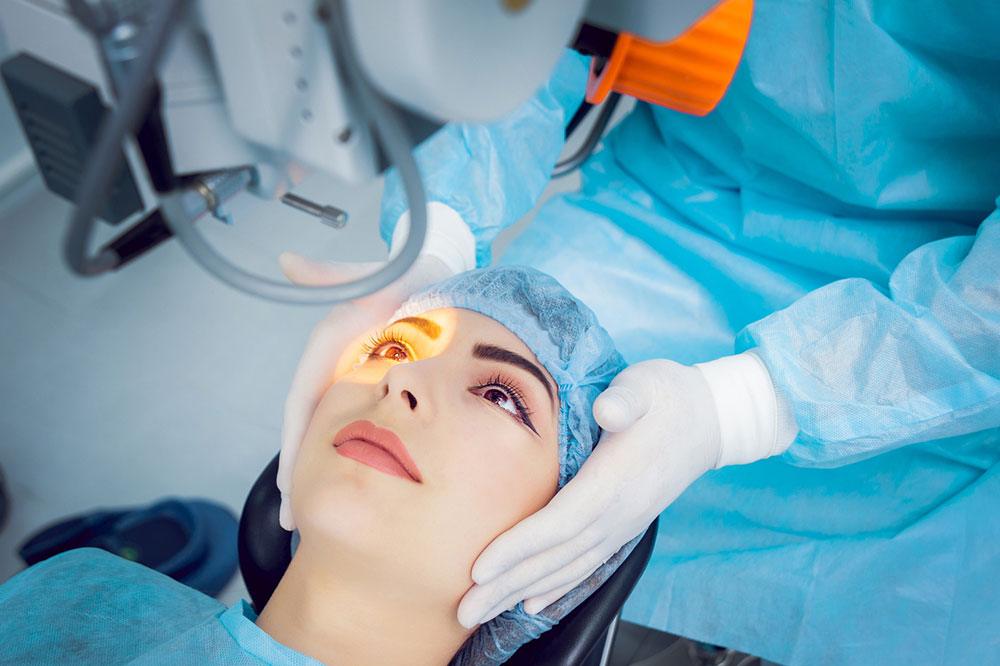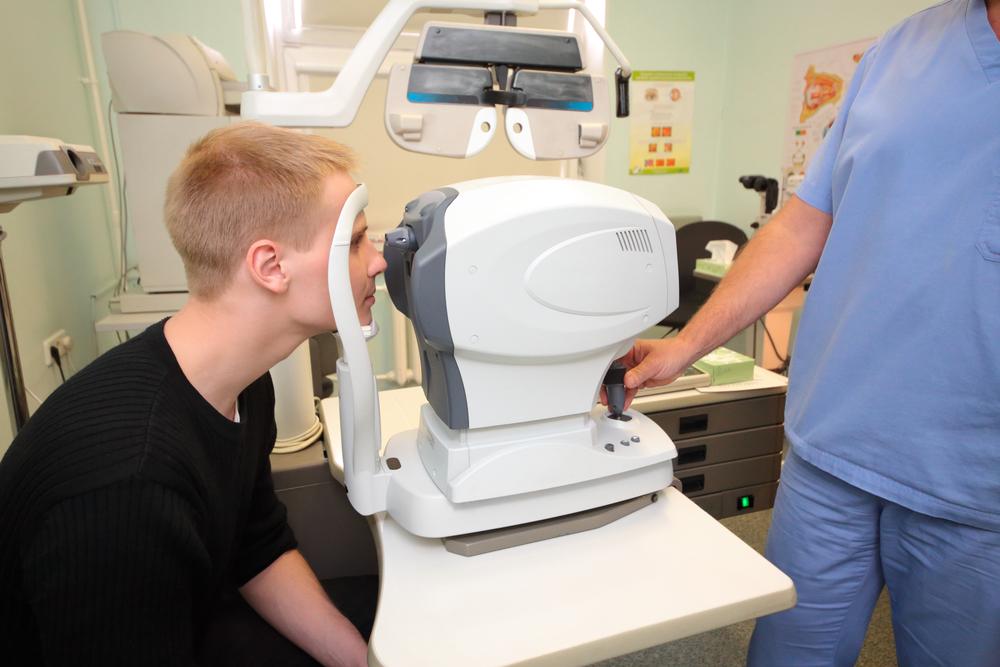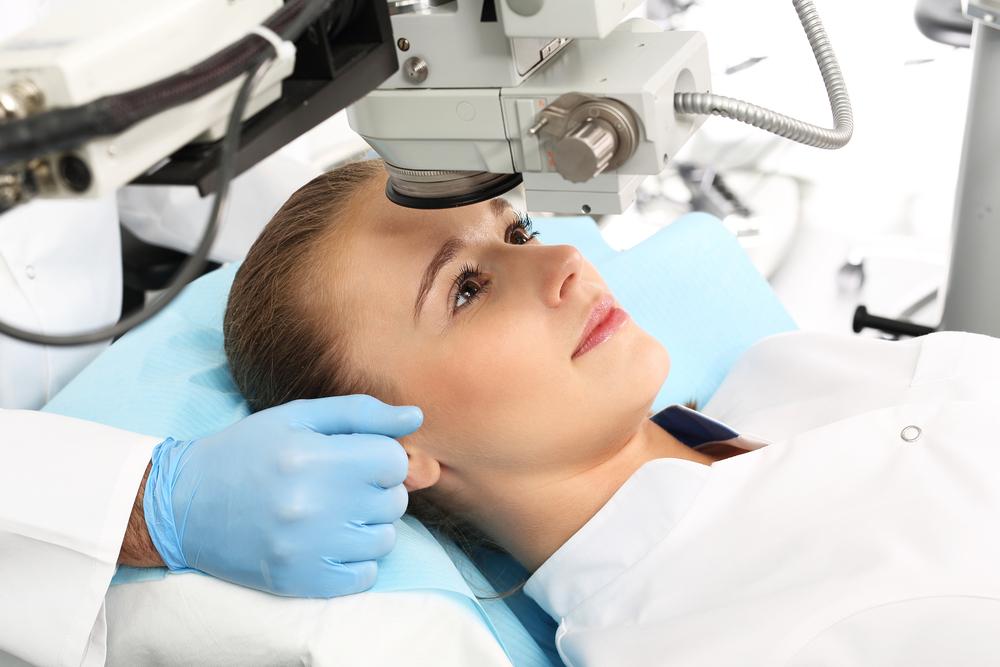Comprehensive Guide to Age-Related Macular Degeneration: Causes, Symptoms, and Prevention Strategies
This comprehensive guide explores age-related macular degeneration (AMD), covering its types, symptoms, risk factors, treatment options, and prevention strategies. It emphasizes the importance of early detection, lifestyle modifications, and medical therapies to slow progression and preserve vision. Suitable for older adults and caregivers, the article highlights the latest advancements and practical tips for maintaining eye health and preventing severe vision loss due to AMD.

Comprehensive Guide to Age-Related Macular Degeneration: Causes, Symptoms, and Prevention Strategies
Age-related macular degeneration (AMD) stands as one of the leading causes of vision impairment among older adults worldwide. Affecting predominantly individuals over the age of 50, AMD gradually erodes the central vision critical for activities such as reading, driving, recognizing faces, and performing detailed work. While rare cases may emerge in younger individuals, the prevalence sharply increases with age, making AMD a significant eye health concern for aging populations. The condition is characterized by the deterioration of the macula—the central part of the retina responsible for sharp vision—leading to partial or complete loss of central sight over time.
Understanding the nuances of AMD involves exploring its types, symptoms, potential risk factors, current management options, and preventive strategies. Recognizing early signs and implementing preventive measures can make a substantial difference in preserving vision and quality of life. This comprehensive guide aims to equip readers with in-depth knowledge about this complex eye disease, emphasizing the importance of early detection and proactive management.
What is Age-Related Macular Degeneration?
Age-related macular degeneration is a progressive eye condition that primarily impacts the macula, leading to a gradual loss of the central vision. Unlike peripheral vision, which remains intact in AMD, central vision deterioration severely hampers the ability to focus directly in front of us. This impairment affects everyday tasks such as reading, driving, recognizing faces, and performing fine detail work—skills vital for independence and personal well-being.
While the exact biological mechanisms of AMD are not fully understood, research indicates that aging plays an essential role, along with genetic predispositions and environmental influences. The disease manifests in two primary forms: dry AMD and wet AMD, each with distinct pathological features and progression patterns.
Types of Age-Related Macular Degeneration
Dry AMD
Dry AMD, also known as non-neovascular AMD, accounts for approximately 85-90% of all cases. It involves the slow deterioration of the retinal cells in the macula, leading to the buildup of tiny yellow deposits called drusen underneath the retina. Over time, these deposits cause thinning and atrophy of the retinal tissue, resulting in gradual loss of central vision.
This form develops slowly and often goes unnoticed in its early stages. Symptoms begin with mild blurriness and subtle distortions that intensify as the disease progresses. Although dry AMD progresses gradually, it can eventually lead to significant visual impairment if not managed appropriately.
Wet AMD
Wet AMD, or neovascular AMD, occurs when abnormal blood vessels grow beneath the retina. These vessels are fragile and prone to leaking fluid or blood, leading to swelling and scarring that rapidly deteriorate vision. This form progresses more quickly than dry AMD and can cause sudden and severe central vision loss.
The hallmark of wet AMD is the rapid onset of visual distortions and dark spots in the central vision, sometimes accompanied by visual hallucinations. Early detection and treatment are crucial to prevent extensive damage and preserve remaining vision.
Recognizing the Signs and Symptoms
Early AMD often presents with subtle symptoms that are easily overlooked or attributed to normal aging. As the disease advances, individuals may notice the following signs:
Blurry or fuzzy central vision
Distorted vision, such as straight lines appearing wavy or crooked (metamorphopsia)
Difficulty reading or recognizing faces
Reduced contrast sensitivity, making colors appear dull or faded
Increased difficulty seeing in low light or dim environments
The appearance of dark or empty spots in the center of vision
In the case of wet AMD, sudden and rapid vision loss accompanied by visual hallucinations or the perception of shimmering spots
If any of these symptoms are observed, it is vital to seek prompt evaluation by an eye care professional to confirm the diagnosis and initiate appropriate management.
Key Risk Factors for Developing AMD
While the exact cause of AMD remains a subject of ongoing research, several risk factors have been identified that increase the likelihood of developing the condition:
Age: The risk escalates significantly after age 50, with incidence rising in successive decades.
Family history: A hereditary predisposition contributes to increased susceptibility, highlighting the importance of screening if family members are affected.
Smoking: Tobacco use doubles the risk of AMD development, owing to its impact on retinal cells and overall vascular health.
Exposure to ultraviolet (UV) light: Chronic UV exposure from sunlight may accelerate retinal damage.
Obesity: Excess weight is associated with increased inflammation and oxidative stress, contributing to AMD progression.
High blood pressure and heart disease: Vascular health influences retinal blood flow, and cardiovascular issues can exacerbate AMD risk.
Poor diet and lack of antioxidants: Nutrition plays a vital role; diets lacking in leafy greens, fruits, and antioxidants increase vulnerability.
By understanding these risk factors, individuals can adopt lifestyle modifications and screening practices to detect early signs of AMD.
Current Treatment and Management Options
There is no definitive cure for AMD at present; however, various management strategies aim to slow progression, preserve vision, and improve quality of life.
Management of Dry AMD
In mild dry AMD, treatment focuses on nutritional interventions, lifestyle modifications, and vision aids. Dietary supplements rich in antioxidants, zinc, vitamins A, C, and E have shown promise in reducing the risk of disease progression. Protecting the eyes from UV rays with sunglasses and using proper lighting can help mitigate symptoms. Regular eye examinations facilitate early detection and close monitoring.
Management of Wet AMD
Wet AMD requires more active intervention due to its rapid progression. The primary treatments include:
Anti-VEGF injections: These medications inhibit abnormal blood vessel growth and leakage. Regular injections can stabilize or improve vision if administered early.
Laser therapy: Focal laser treatment helps seal leaking vessels, though its use is generally reserved for specific lesion types.
Photodynamic therapy (PDT): This combines a light-sensitive drug with laser technology to target abnormal vessels selectively.
Surgical options: Emerging procedures like macular translocation surgery and lens implantation show potential in advanced cases, aiming to restore or improve visual function.
Additionally, research into stem cell therapy offers hope for regenerating damaged retinal tissue, paving the way for future regenerative treatments.
Preventive Measures and Lifestyle Changes
Preventing AMD or delaying its progression involves adopting healthy habits and regular eye care routines:
Cease smoking: Quitting drastically reduces risk and benefits overall health.
Eat a balanced diet: Incorporate leafy greens, colorful fruits, nuts, and fish rich in omega-3 fatty acids.
Protect eyes from UV exposure: Wear sunglasses that block 100% UV rays outdoors.
Maintain a healthy weight and blood pressure: Regular exercise and a balanced diet support vascular health.
Schedule routine eye exams: Especially after age 50, regular screenings enable early detection and timely intervention.
Use vision monitoring tools: Tools like Amsler’s grid help individuals track changes in vision and alert their ophthalmologist to potential issues.
Incorporating these habits can significantly decrease the risk of AMD development and improve overall eye health, ensuring better preservation of vision well into old age.
Conclusion
Age-related macular degeneration remains a significant challenge for aging populations worldwide, representing the leading cause of central vision loss. While advances in medical interventions have improved management options, early detection and preventive strategies remain paramount. Understanding the types, symptoms, risk factors, and treatment options empowers individuals to take proactive steps toward eye health. Maintaining a healthy lifestyle, wearing protective gear, and undergoing regular eye examinations can help preserve vision and enhance quality of life, even as age advances. Ongoing research and emerging therapies promise hope for future cures and regenerative options, aiming to restore or maintain central vision effectively.





